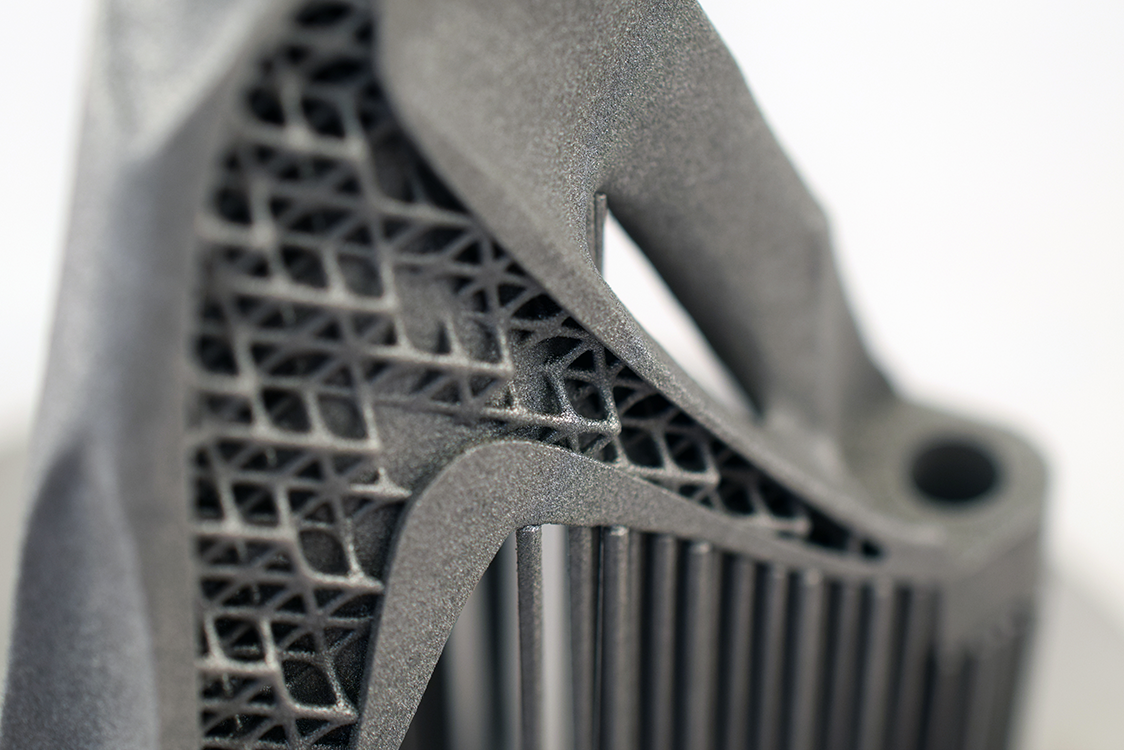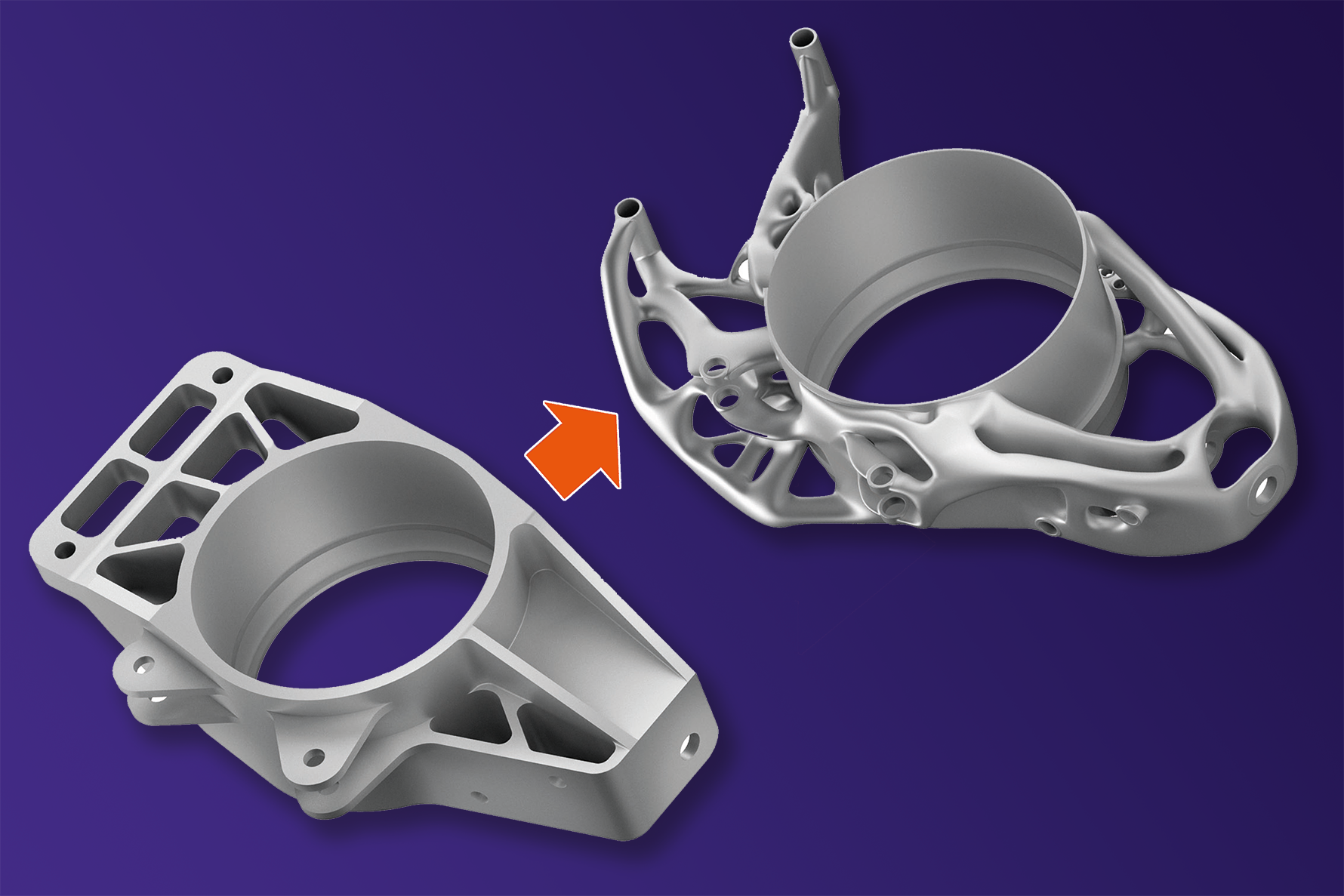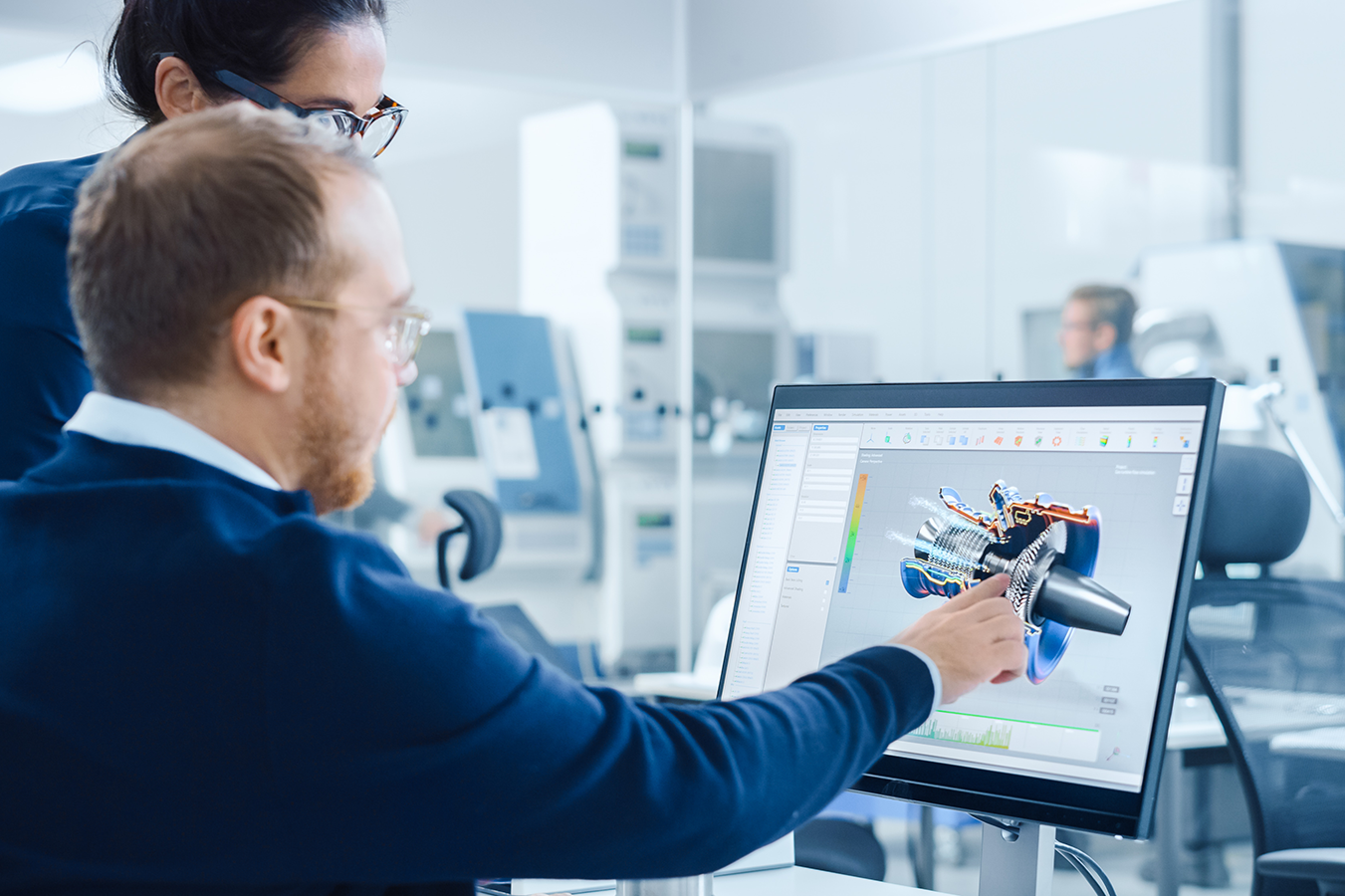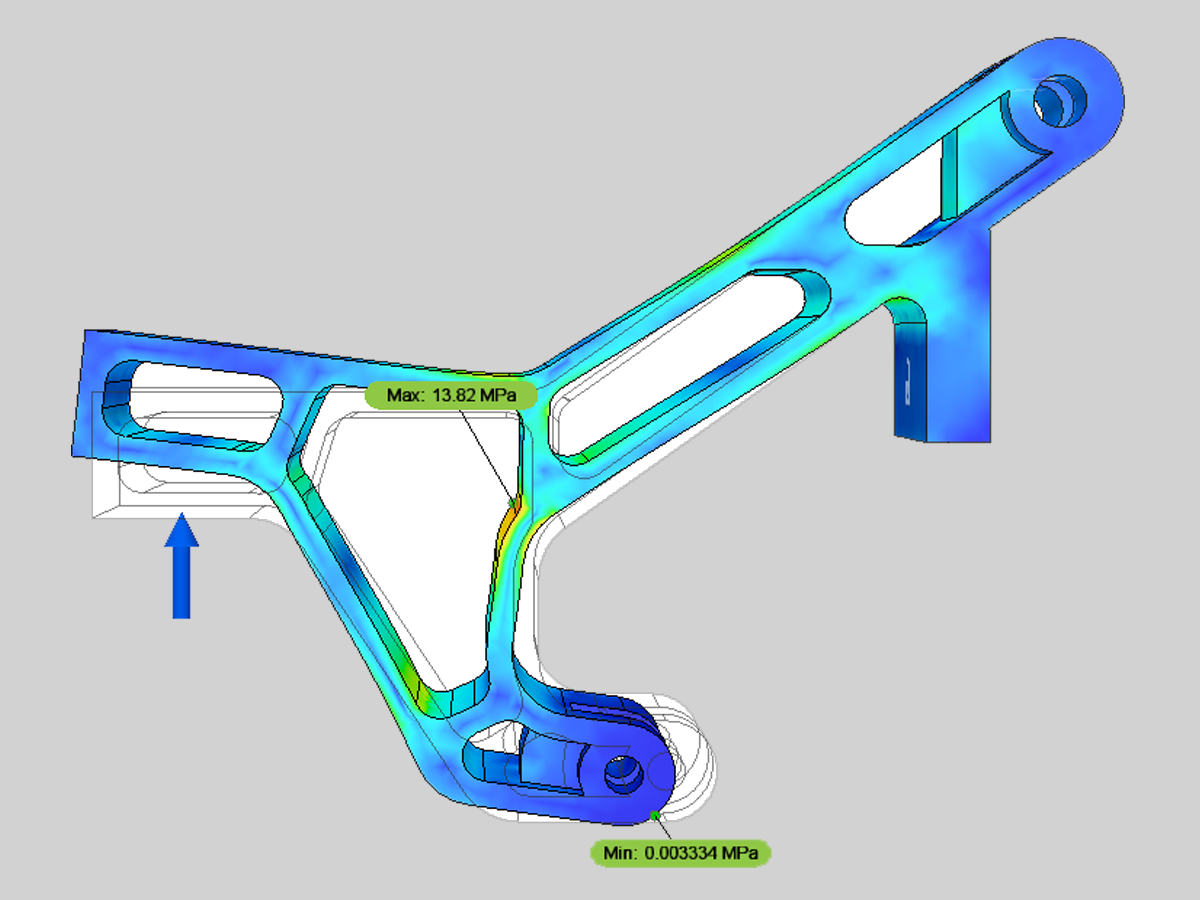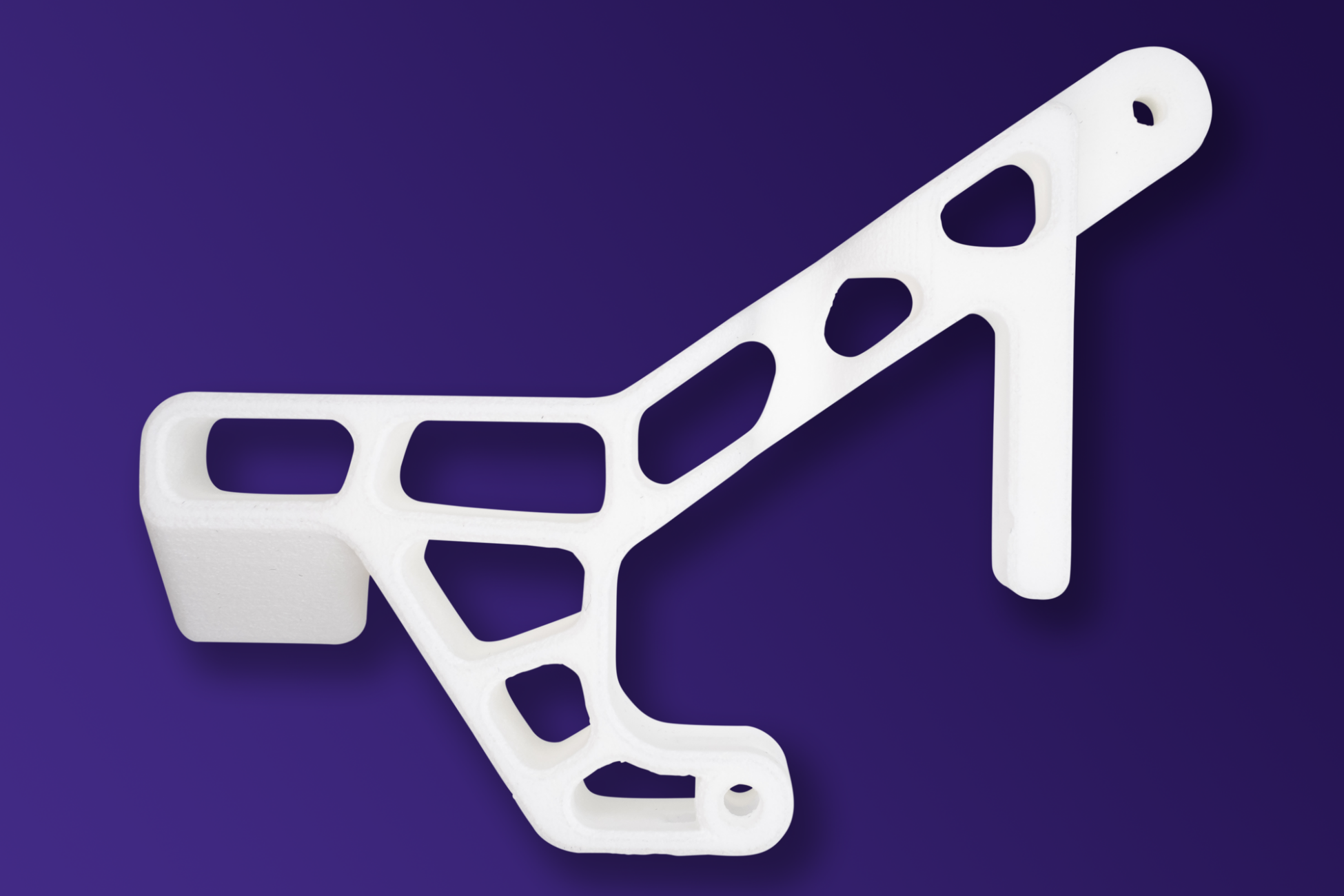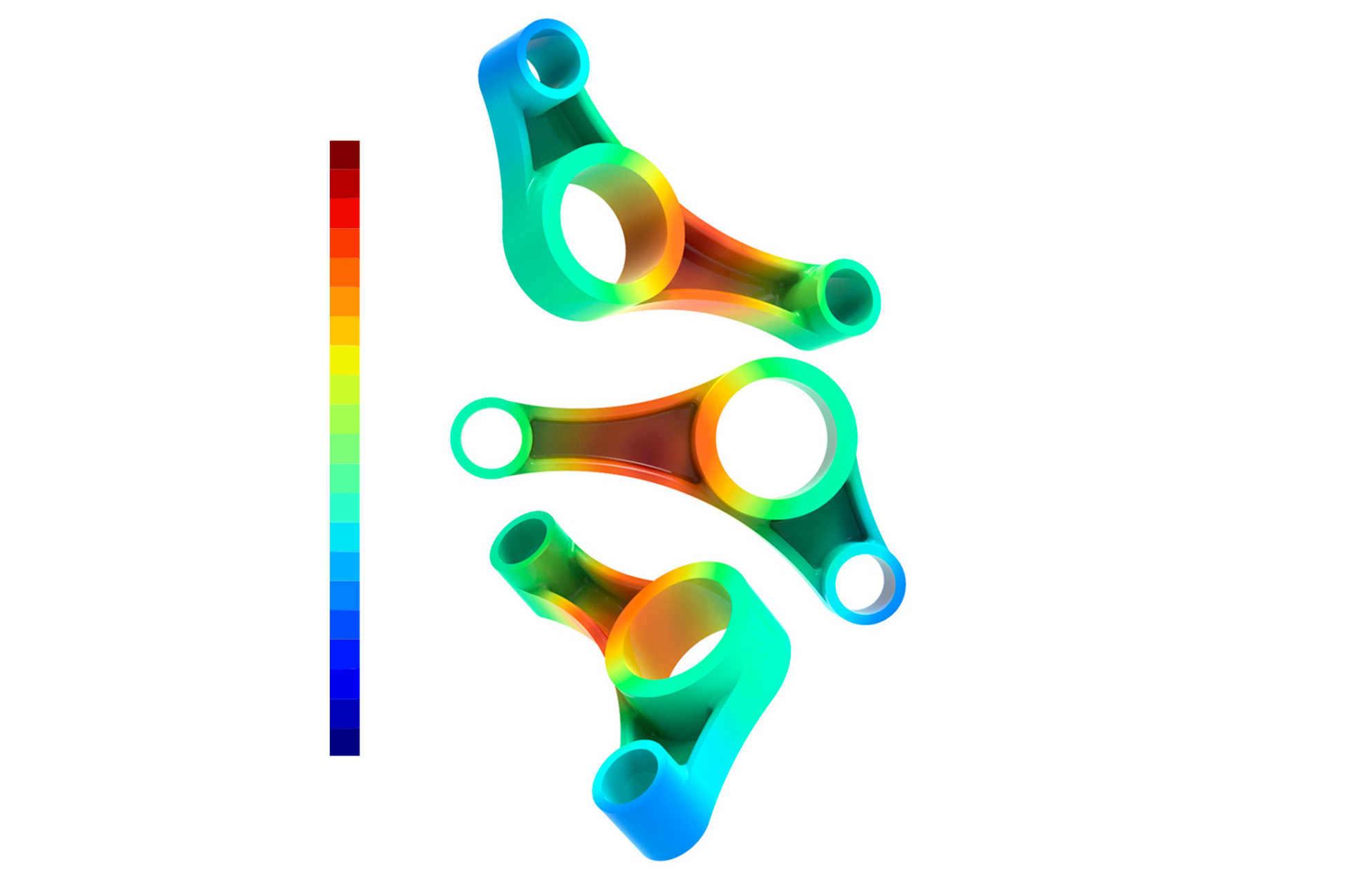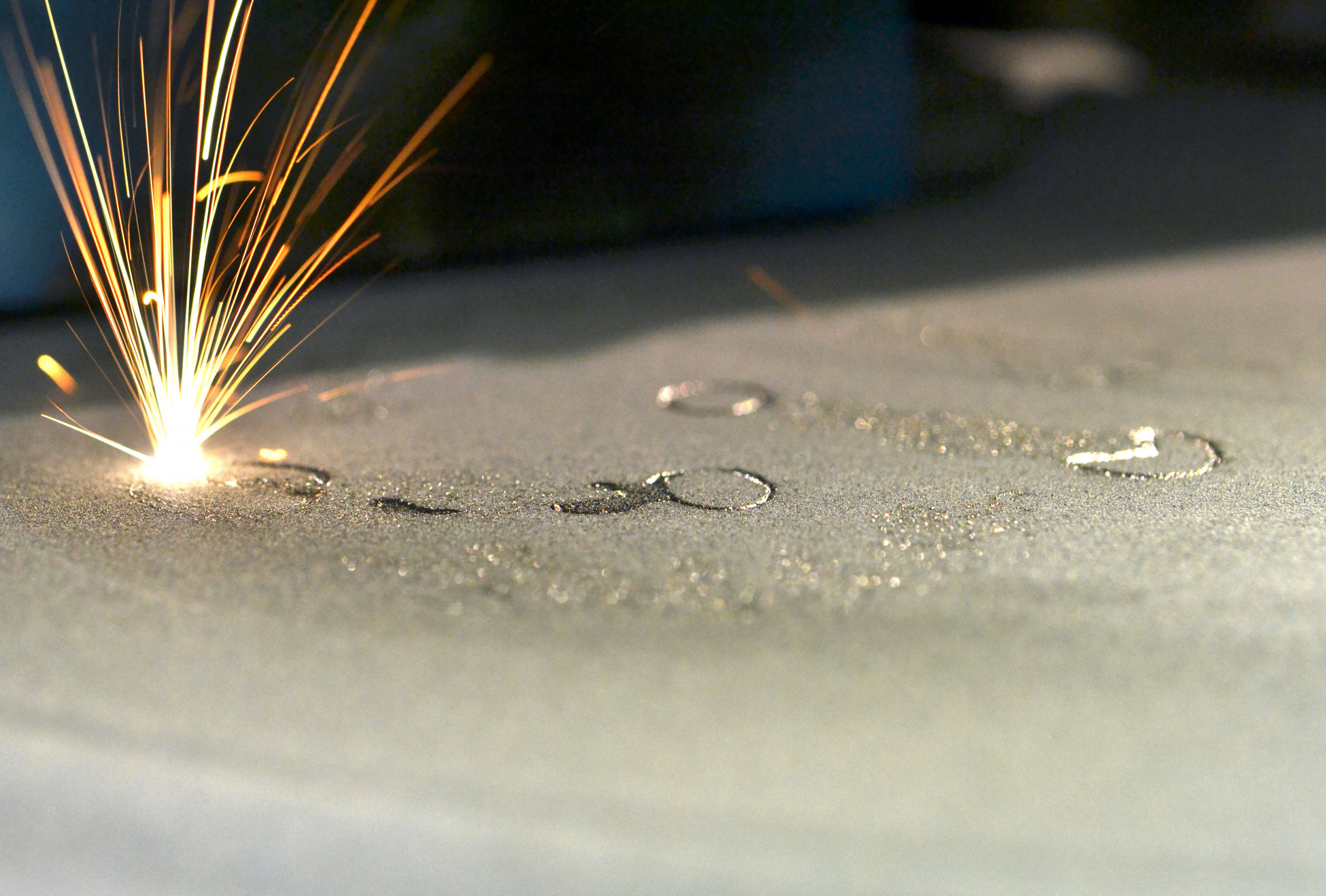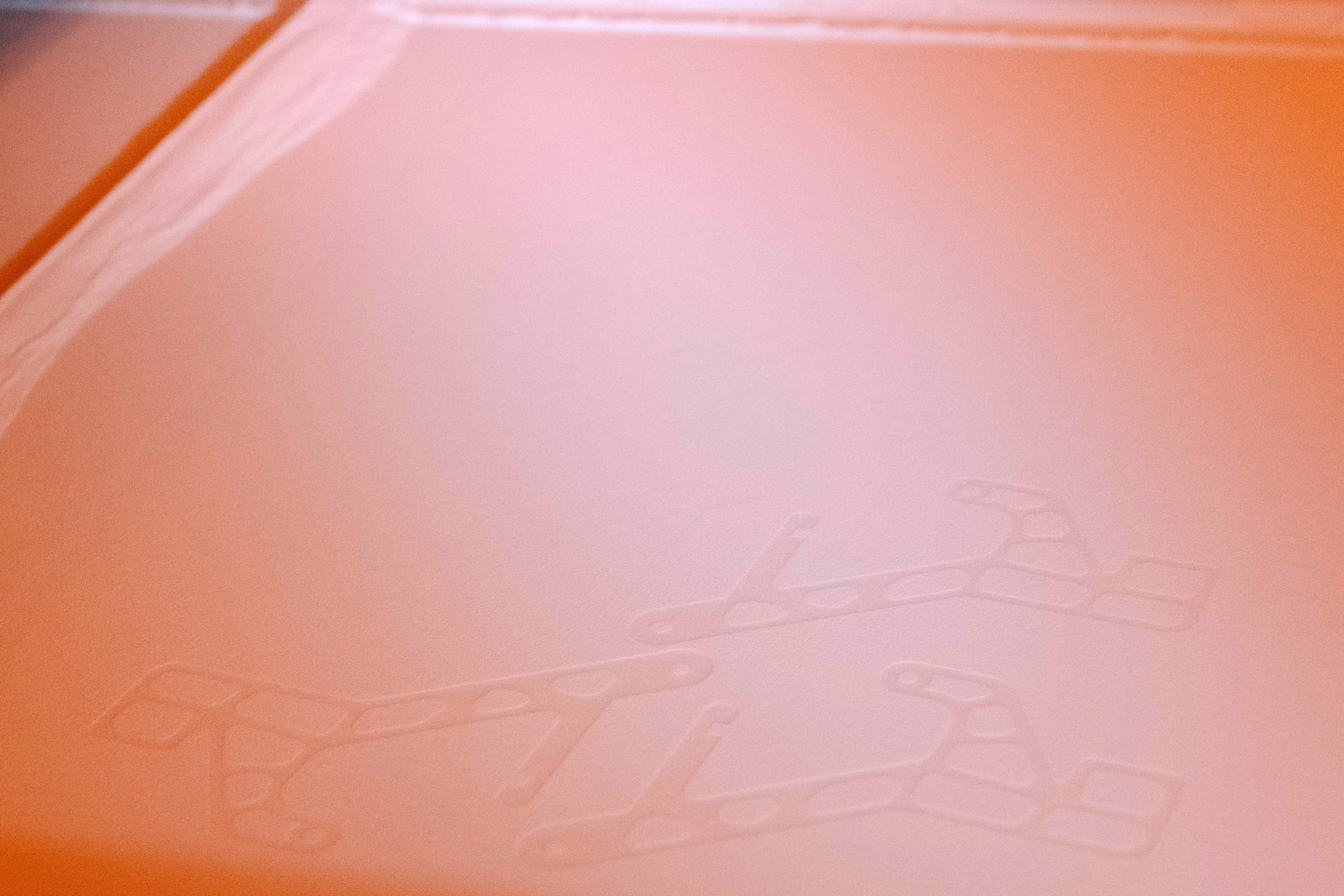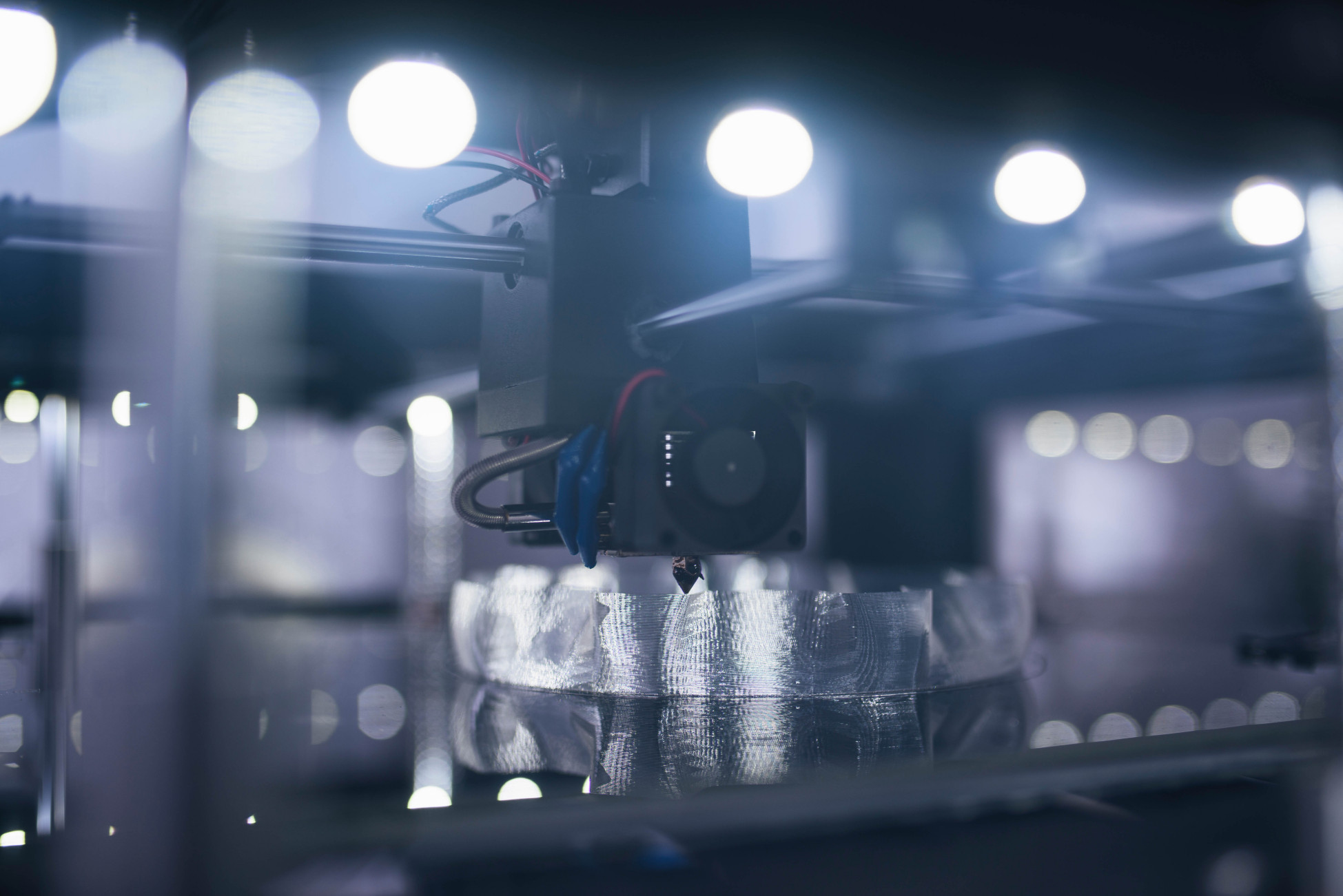Rethinking the component also means that not only the existing component is examined and analyzed for possible adaptations, but also and above all the "trappings". Factors such as the area of application or functionality are directly reflected in a design adaptation. Components that previously consisted of several individual components can, for example, be combined into one component after a topology optimization has been carried out. Or, after FEM optimization, completely new geometries can be created, which just a few years ago were at best only conceivable in the realm of science fiction.
The basic principle when optimizing existing components for 3D printing should always be innovative thinking and approach: Throw old standards overboard and embrace the new possibilities of additive manufacturing.


